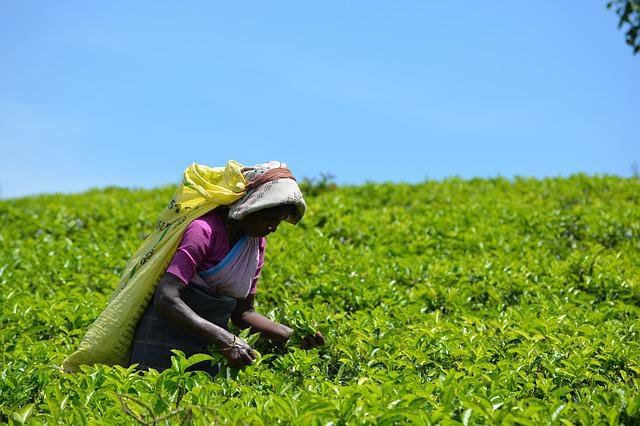Growing tea is not a simple operation, and it takes a lot of time, attention, and work to produce a single batch of tea. Today, we’ll walk you through the process of growing, nurturing, and producing tea so you can understand precisely what goes into making your favorite cup of tea at home. Tea is produced at altitudes ranging from 800 to 2,200 meters above sea level in Nepal. Previously, production was concentrated in a few areas in eastern Nepal, such as Ilam and Jhapa.
Cooler temperatures are ideal for growing tea. While they can tolerate frost, they don’t produce well when temperatures are below freezing for an extended length of time. Tea grows best on acidic soil, and the greater the elevation of the land, the slower the tea grows, resulting in a nuanced flavor. The tea plant participates in the seeding process, which entails submerging the seed in water for one to two days to initiate the germination process. Nepal grows tea all year, with different flavors depending on when it’s collected. Because machines might degrade the quality of the tea, this step is typically done by hand. Nepali Tea Traders collaborates with Nepalese farmers who treat their tea leaves as if they were their children, meticulously handpicking and making premium teas. In Nepal, more than 43 varieties of tea have been planted of mainly Camellia sinensis.
Nepal produces both orthodox and CTC black tea varieties. Orthodox tea is grown in the slopes over 1500 meters. Production is concentrated in areas such as Ilam, Panchthar, Jhapa, Dhankuta, and Terathum in Nepal. Nuwakot, Sindhupalchok, Ramechap, Sankhuwasabha, and Kaski are among the districts farming orthodoxy. Tea estates are being developed in a number of other districts as well. Nepal produces around 1.97 million kg of orthodox tea. It is mostly sold to Japan, Germany, the United States, and India. The total tea plantation area was increased from 10,249 hectares in 1999 to 28,595 hectares in 2018 and production from 5,085 to 24,804 metric tons.
At present, more than 14,000 small farmers and about 152 processing firms (120 orthodox and 32 CTC factories) are engaged in producing various types and grades of CTC and orthodox tea. Black, green, oolong and white teas are the common orthodox tea produced in the country.

